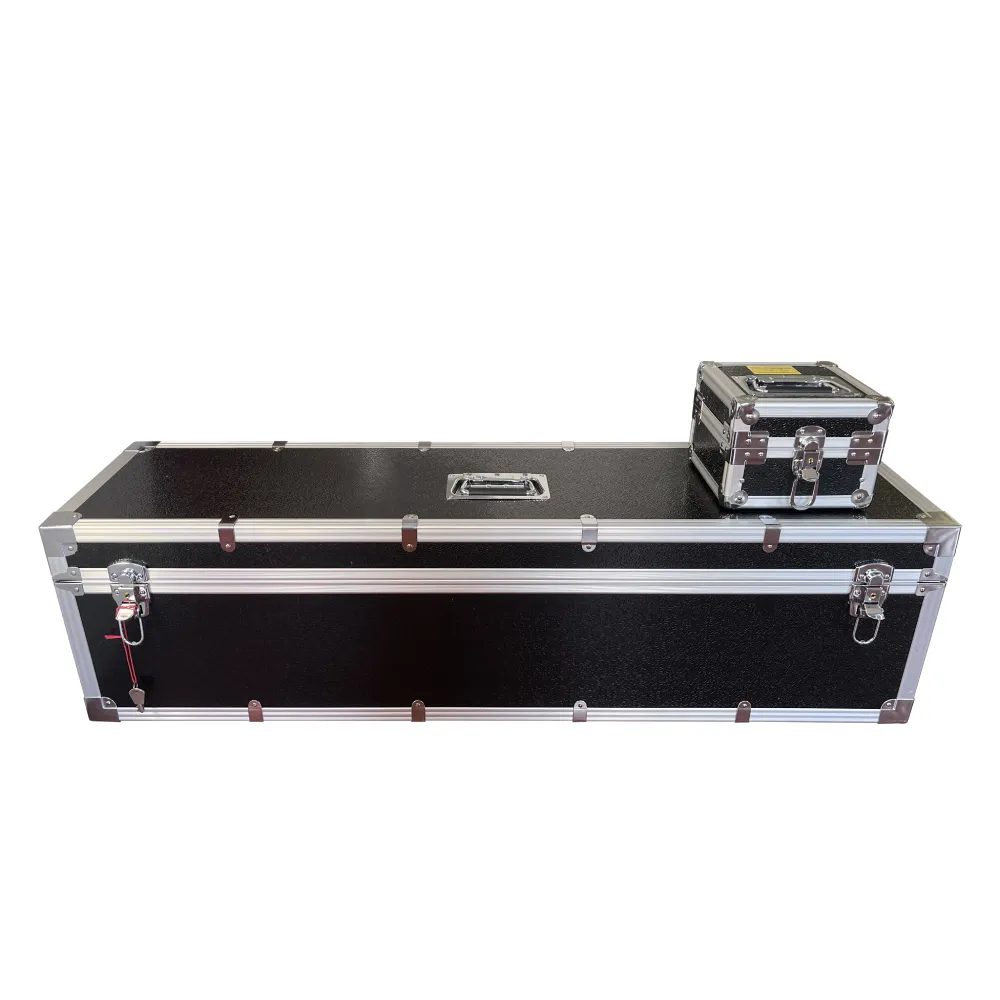 English
English



-
 Afrikaans
Afrikaans -
 Albanian
Albanian -
 Amharic
Amharic -
 Arabic
Arabic -
 Armenian
Armenian -
 Azerbaijani
Azerbaijani -
 Basque
Basque -
 Belarusian
Belarusian -
 Bengali
Bengali -
 Bosnian
Bosnian -
 Bulgarian
Bulgarian -
 Catalan
Catalan -
 Cebuano
Cebuano -
 China
China -
 China (Taiwan)
China (Taiwan) -
 Corsican
Corsican -
 Croatian
Croatian -
 Czech
Czech -
 Danish
Danish -
 Dutch
Dutch -
 English
English -
 Esperanto
Esperanto -
 Estonian
Estonian -
 Finnish
Finnish -
 French
French -
 Frisian
Frisian -
 Galician
Galician -
 Georgian
Georgian -
 German
German -
 Greek
Greek -
 Gujarati
Gujarati -
 Haitian Creole
Haitian Creole -
 hausa
hausa -
 hawaiian
hawaiian -
 Hebrew
Hebrew -
 Hindi
Hindi -
 Miao
Miao -
 Hungarian
Hungarian -
 Icelandic
Icelandic -
 igbo
igbo -
 Indonesian
Indonesian -
 irish
irish -
 Italian
Italian -
 Japanese
Japanese -
 Javanese
Javanese -
 Kannada
Kannada -
 kazakh
kazakh -
 Khmer
Khmer -
 Rwandese
Rwandese -
 Korean
Korean -
 Kurdish
Kurdish -
 Kyrgyz
Kyrgyz -
 Lao
Lao -
 Latin
Latin -
 Latvian
Latvian -
 Lithuanian
Lithuanian -
 Luxembourgish
Luxembourgish -
 Macedonian
Macedonian -
 Malgashi
Malgashi -
 Malay
Malay -
 Malayalam
Malayalam -
 Maltese
Maltese -
 Maori
Maori -
 Marathi
Marathi -
 Mongolian
Mongolian -
 Myanmar
Myanmar -
 Nepali
Nepali -
 Norwegian
Norwegian -
 Norwegian
Norwegian -
 Occitan
Occitan -
 Pashto
Pashto -
 Persian
Persian -
 Polish
Polish -
 Portuguese
Portuguese -
 Punjabi
Punjabi -
 Romanian
Romanian -
 Russian
Russian -
 Samoan
Samoan -
 Scottish Gaelic
Scottish Gaelic -
 Serbian
Serbian -
 Sesotho
Sesotho -
 Shona
Shona -
 Sindhi
Sindhi -
 Sinhala
Sinhala -
 Slovak
Slovak -
 Slovenian
Slovenian -
 Somali
Somali -
 Spanish
Spanish -
 Sundanese
Sundanese -
 Swahili
Swahili -
 Swedish
Swedish -
 Tagalog
Tagalog -
 Tajik
Tajik -
 Tamil
Tamil -
 Tatar
Tatar -
 Telugu
Telugu -
 Thai
Thai -
 Turkish
Turkish -
 Turkmen
Turkmen -
 Ukrainian
Ukrainian -
 Urdu
Urdu -
 Uighur
Uighur -
 Uzbek
Uzbek -
 Vietnamese
Vietnamese -
 Welsh
Welsh -
 Bantu
Bantu -
 Yiddish
Yiddish -
 Yoruba
Yoruba -
 Zulu
Zulu
short circuit test of transformer experiment
Short Circuit Test of Transformer An Experimental Insight
The transformer is a pivotal component in electrical systems, utilized for voltage regulation and altering voltage levels to facilitate efficient power transmission. Among the various tests conducted to assess transformer performance, the short circuit test stands out as a vital procedure for determining a transformer's equivalent impedance and its efficiency under short-circuit conditions. This article delves into the principles, methodologies, and significance of the short circuit test of transformers.
Understanding Transformer Basics
Transformers operate on the principle of electromagnetic induction. They transfer electrical energy between circuits through inductively coupled conductors. A transformer consists of primary and secondary windings, and its efficacy is indicated by parameters such as efficiency, voltage regulation, and impedance. Among these, impedance is crucial, as it directly influences the voltage drop and power losses during operation.
Purpose of the Short Circuit Test
The short circuit test, also known as the impedance test, primarily aims to assess the transformer's copper losses, determine its equivalent circuit parameters, and evaluate its ability to handle fault conditions. In practical terms, this test helps design and protect the transformers from potential damage during short circuit events, ensuring reliability and safety in electrical systems.
Experimental Setup
The short circuit test is conducted by short-circuiting the secondary terminals of the transformer while applying a low voltage to the primary side. The test setup involves the following components
1. Transformer Selection A transformer with known ratings is selected for the experiment. 2. Measuring Equipment Instruments used include voltmeters, ammeters, and wattmeters to measure voltage, current, and power, respectively. 3. Short Circuit Arrangement The secondary winding is connected in such a way as to permit a short circuit, ensuring that proper safety precautions are in place to handle the high currents that will flow during the test.
Procedure
1. Preparation Ensure all equipment is calibrated and the transformer is isolated from the power system. 2. Short Circuit Connection Short the secondary winding and connect the primary winding to a variable voltage supply. 3. Voltage Application Gradually increase the voltage on the primary side until the rated current flows through the short-circuited secondary. 4. Data Collection Measure and record the voltage, current, and power readings during the test. 5. Analysis Use the recorded data to calculate the equivalent impedance, copper loss, and any other necessary parameters.
short circuit test of transformer experiment

Calculations and Results
From the power measurements, the equivalent impedance (Z) can be derived using the formula
\[ Z = \frac{V}{I} \]
where \( V \) is the applied voltage and \( I \) is the current at which the test was conducted.
The copper losses can be evaluated using the formula
\[ P_{copper} = I^2R \]
where \( R \) is the resistance of the winding, which can be obtained from the measured data.
Significance of the Test
The short circuit test is indispensable for transformer design and operation. It equips engineers with data to predict how a transformer will perform under stressed conditions, ensuring it can withstand faults without failure. Furthermore, the test plays a critical role in maintenance, helping identify potential issues before they escalate into severe problems.
In conclusion, the short circuit test of a transformer is a fundamental experimental procedure that provides valuable insights into its performance characteristics. By assessing parameters such as equivalent impedance and copper loss, this test underpins the reliability of transformer systems, facilitating safe and efficient electrical power distribution.
-
Testing Equipment Industry Sees Major Advancements in 2025: Smart & Precision Technologies Lead the WayNewsJun.06,2025
-
Applications of Direct Current Generators in Renewable Energy SystemsNewsJun.05,2025
-
Hipot Tester Calibration and Accuracy GuidelinesNewsJun.05,2025
-
Digital Circuit Breaker Analyzer Features and BenefitsNewsJun.05,2025
-
Benefits of Real-Time Power Quality Monitoring Devices for Industrial EfficiencyNewsJun.05,2025
-
Earth Fault Loop Testing in High-Rise Building Electrical SystemsNewsJun.05,2025



